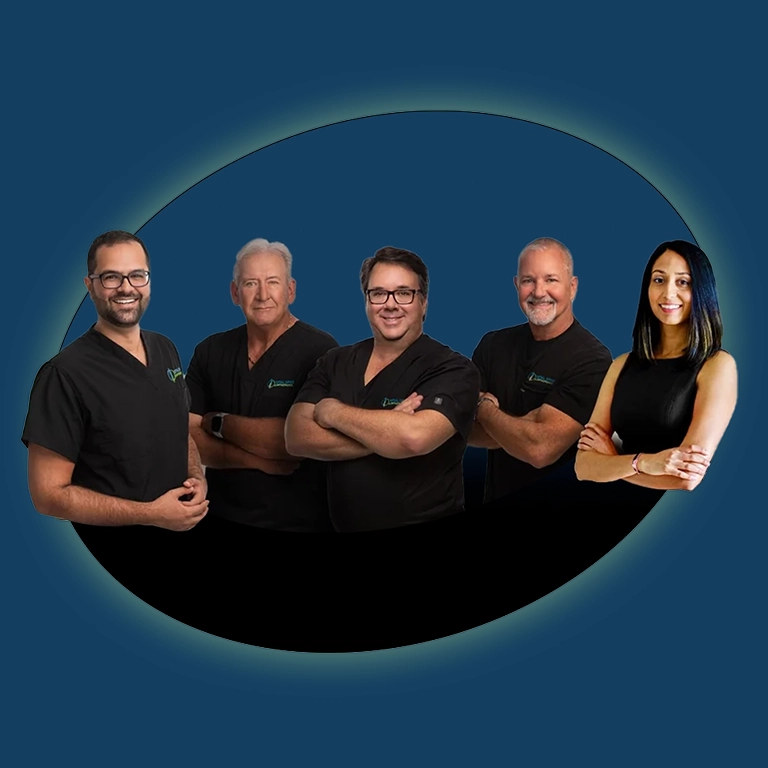Comprehensive Guide to Stem Cell Therapy for Back, Joint, and Disc Pain in Florida
Our Team
We are a team of highly specialized spine surgeons dedicated to pioneering the future of spine care.
Share:
Table Of Contents
- Stem Cell Therapy: A Comprehensive Guide
- What Is Stem Cell Therapy?
- How Does Stem Cell Therapy Work?
- Types of Stem Cell Therapy
- Medical Applications and Indications
- Procedure Overview and Safety
- Emerging Therapies and Future Directions
- Patient Eligibility and Considerations Before Starting Stem Cell Therapy
- The Role of Lifestyle in Stem Cell Therapy Success
- Global Trends in Stem Cell Research and Regulation
- Frequently Asked Questions - FAQs
- Conclusion & Next Steps
Stem Cell Therapy: A Comprehensive Guide
As breakthroughs in regenerative medicine continue to transform healthcare, Stem Cell Therapy is emerging as a revolutionary solution to numerous chronic and degenerative conditions. From orthopedic recovery to autoimmune diseases, stem cells offer targeted healing with fewer complications compared to conventional treatments.
In this guide, we’ll explore the science, applications, and future of Stem Cell Therapy, along with the types, safety profile, and real patient outcomes.
What Is Stem Cell Therapy?
Stem Cell Therapy is a form of cell-based therapy that involves using stem cells to promote tissue repair, reduce inflammation, and enhance regeneration. These cells can develop into different types of tissue—such as muscle, bone, or nerve—making them highly effective for healing damaged areas.
Key Functions of Stem Cells:
- Tissue regeneration
- Immunomodulation
- Cell differentiation
Stem cells are either harvested from the patient (autologous) or a donor (allogeneic), and their application is selected based on the medical condition being treated.
Stem Cell Therapy in Melbourne, FL and Central Florida
At Total Spine Wellness, we proudly provide advanced stem cell therapy at both our Melbourne and Orlando, Florida locations. Whether you’re dealing with joint pain, disc degeneration, or orthopedic injuries, our personalized regenerative treatments—including BMAC, adipose-derived stem cells, and exosomes—are designed to support healing, reduce inflammation, and help you avoid surgery.
Patients across Central Florida—including those near Melbourne FL—seek out our minimally invasive procedures for faster recovery, long-term relief, and improved mobility. Our team combines clinical expertise with cutting-edge biologics to deliver results that last.
How Does Stem Cell Therapy Work?
Once injected or implanted, stem cells travel to damaged tissue and promote healing through:
- Replacing damaged cells
- Releasing healing molecules (stem cell secretome)
- Modulating the immune response to reduce chronic inflammation
This approach enhances the body’s natural ability to recover without invasive surgery or long-term drug dependency.
Types of Stem Cell Therapy
Stem Cell Therapy comes in various forms, each suited to specific clinical uses. The major distinctions are based on the source and type of cells.
Autologous vs Allogeneic Treatments
- Autologous: Cells are taken from the patient’s own body. Lower rejection risk.
- Allogeneic: Cells are derived from a donor. Easier to scale and standardize.
Embryonic, Adult (MSC), and iPSC
- Embryonic Stem Cells (ESCs): Derived from early-stage embryos. High differentiation capacity, but limited by ethical considerations.
- Adult Stem Cells (MSCs): Typically mesenchymal stem cells taken from bone marrow, fat, or other tissues.
- Induced Pluripotent Stem Cells (iPSCs): Adult cells reprogrammed to behave like embryonic cells. Useful for tissue engineering and research.
Learn more about BMAC Therapy to explore how bone marrow-derived MSCs are used in regenerative care.
Medical Applications and Indications
Stem Cell Therapy is used across multiple medical fields. Here’s a look at its core applications:
Hematopoietic Stem Cell Transplants
- Used to treat blood cancers like leukemia and lymphoma
- Relies on hematopoietic stem cells from bone marrow or umbilical cord blood
- Requires careful monitoring to prevent graft-versus-host disease
Explore Cord Blood Stem Cells and their role in treating hematologic conditions.
Orthopedic & Regenerative Medicine
- Treats osteoarthritis, sports injuries, spinal disc degeneration, and more
- Involves intra-articular injections or guided delivery to target joints and tissues
Learn about SVF Adipose Stem Cells and how fat-derived cells assist in healing.
Procedure Overview and Safety
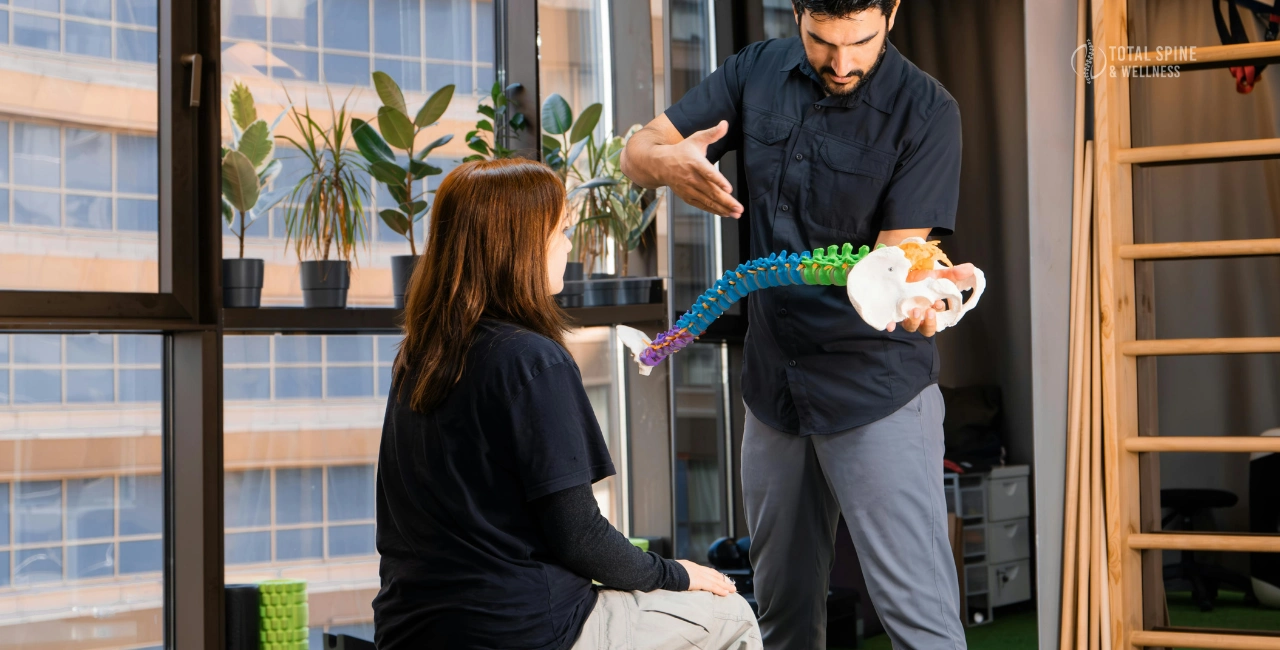
Understanding the treatment process and potential risks ensures patients make informed decisions.
Treatment Protocol & Administration
- Consultation & Screening: Blood tests, MRI, or X-rays to determine eligibility
- Harvesting: Using liposuction (for fat) or aspiration (for bone marrow)
- Processing: Cells are isolated, purified, and sometimes enhanced
- Injection: Guided by ultrasound or fluoroscopy for precision
Risks, Side Effects, and Complications
- Mild discomfort, swelling, or bruising at injection site
- Rare risks include infection or immune reaction (in allogeneic cases)
- No evidence of tumor formation in regulated clinical protocols
See how Disc Regeneration offers relief for spinal disc injuries and back pain.
Benefits and Patient Outcomes
Stem cell therapy offers a transformative potential for healing and regeneration. The benefits are particularly compelling for patients who have exhausted traditional treatments.
Key Benefits:
- Regeneration of damaged tissues through mesenchymal stem cells (MSCs)
- Reduction of chronic inflammation due to immunomodulatory effects
- Improved joint function and reduced pain in orthopedic conditions
- Accelerated recovery after injuries or surgeries
Patients with osteoarthritis, chronic tendon injuries, or autoimmune disorders have reported improvements in mobility, pain relief, and quality of life following stem cell therapy.
PRP Therapy, often used in tandem with stem cells, enhances the regenerative response Exosome Therapy
through growth factors and cellular signaling.
Emerging Therapies and Future Directions
As regenerative medicine evolves, new stem cell applications are moving from lab to clinic. Innovative therapies, such as the stem cell secretome and exosome therapy, are gaining traction.
- Exosomes are nano-sized vesicles secreted by stem cells that deliver proteins and RNA to target tissues.
- They promote tissue repair, anti-inflammation, and cell-to-cell communication.
- Clinical studies are exploring their role in neurodegenerative diseases, cardiovascular repair, and skin regeneration.
Discover more about Exosome Therapy, and how it complements traditional stem cell treatments.
Other promising directions include:
- Induced Pluripotent Stem Cells (iPSCs) in personalized regenerative treatments
- 3D tissue engineering for organ reconstruction
- Gene-edited stem cells for correcting inherited disorders
Emerging Therapies and Future Directions
The future of Stem Cell Therapy is promising, with advances in:
- Translational research for spinal cord injuries and neurodegenerative treatment
- Integration with gene editing and tissue engineering
- Expanded use in cardiovascular regeneration and autoimmune diseases
As research evolves, the potential of cell-based therapies will extend to nearly every aspect of human health.
Patient Eligibility and Considerations Before Starting Stem Cell Therapy

While stem cell therapy holds great promise, not every patient is an ideal candidate. Several medical, lifestyle, and contextual factors play a critical role in determining eligibility for this advanced regenerative treatment.
Who Is an Ideal Candidate?
Stem cell therapy is generally recommended for individuals who:
- Have not responded well to traditional therapies (e.g., physical therapy, medications, or surgery).
- Are in overall good health without uncontrolled chronic conditions (e.g., severe diabetes, autoimmune disorders).
- Have a clearly defined musculoskeletal issue such as joint degeneration, ligament tears, or disc damage.
- Are non-smokers or willing to quit during the healing period, as smoking impairs cell regeneration.
Conditions That May Limit Eligibility
While not always disqualifying, certain conditions may affect the effectiveness or safety of the procedure:
- Active cancer or history of malignancy.
- Severe liver, kidney, or heart dysfunction.
- Blood disorders or immunodeficiencies.
- Active infections or systemic inflammation.
Patients should undergo a thorough screening, including blood work, imaging, and clinical evaluation, before moving forward with any form of stem cell treatment.
The Role of Lifestyle in Stem Cell Therapy Success

Once a patient qualifies for stem cell therapy, their daily habits and lifestyle can significantly influence how well they respond to treatment. Stem cells require a supportive environment to thrive, differentiate, and promote tissue repair.
Lifestyle Factors That Enhance Outcomes
- Nutrition: A diet rich in antioxidants, healthy fats, and lean protein supports cell regeneration and immune balance.
- Exercise: Gentle, physician-approved physical activity promotes circulation, which can improve stem cell homing and integration.
- Sleep: Restorative sleep plays a crucial role in reducing inflammation and optimizing cellular repair.
- Stress Management: High stress impairs immune function and regeneration. Mindfulness, meditation, or therapy can be beneficial.
- Avoiding Toxins: Smoking, excessive alcohol, and exposure to environmental toxins reduce the efficacy of cell-based therapies.
Educating patients on these aspects before and after treatment helps maximize their outcomes and contributes to longer-lasting relief.
Global Trends in Stem Cell Research and Regulation
As research accelerates, stem cell therapy is rapidly evolving into a cornerstone of regenerative medicine. Understanding global trends can help patients and providers remain at the forefront of innovation.
1. Personalized Stem Cell Protocols
Clinics are moving away from “one-size-fits-all” approaches and now customizing treatments based on:
- Patient age, biology, and genetics.
- Specific pathology (e.g., orthopedic, neurological, autoimmune).
- Biomarker-based outcome tracking.
This approach enhances safety and success rates while reducing unnecessary interventions.
2. AI-Powered Cell Analysis
Artificial intelligence is being used to:
- Predict stem cell potency and differentiation capacity.
- Identify optimal doses and treatment timing.
- Improve matching in allogeneic therapies to reduce rejection.
3. Stem Cells in Anti-Aging and Wellness
Though still controversial and under-regulated in some regions, the use of stem cells for skin rejuvenation, immune system modulation, and metabolic health is gaining traction — particularly in Asia, the UAE, and select U.S. clinics.


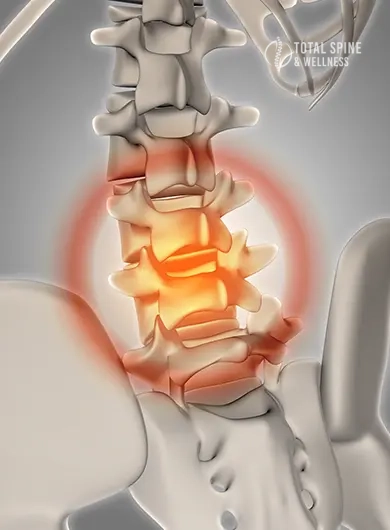
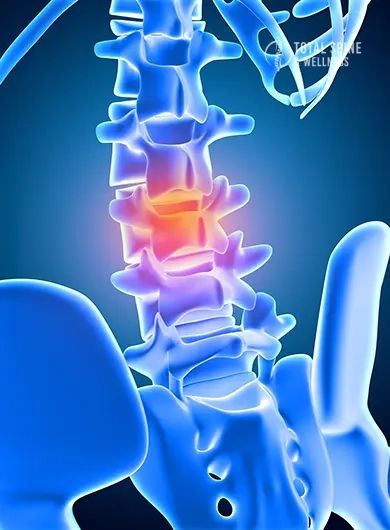
Frequently Asked Questions - FAQs
What is stem cell therapy and how does it work?
Stem cell therapy is a form of regenerative medicine that uses specialized cells to repair damaged tissues or organs. These cells can differentiate into various types (like bone, cartilage, or nerve tissue) and promote healing through immunomodulation, inflammation control, and cellular regeneration. The therapy is typically administered through injections directly into the affected area.
What conditions can be treated with stem cell therapy?
Stem cell therapy is used to treat a wide range of conditions, including:
- Osteoarthritis and joint degeneration
- Herniated discs and back pain
- Ligament and tendon injuries
- Autoimmune diseases
- Neurological disorders
- Certain types of cancer (via bone marrow transplant)
Clinical applications continue to expand as translational research and clinical trials progress.
Is stem cell therapy FDA-approved?
In the U.S., only certain types of stem cell therapies, such as hematopoietic stem cell transplants for blood cancers, are currently approved by the FDA. Many other applications are still under clinical evaluation. However, in countries like Saudi Arabia, the regulatory framework supports clinical use under specialized medical settings, especially for orthopedic and spine-related conditions.
Is stem cell therapy safe?
Generally, stem cell therapy is considered safe when administered in accredited medical centers by qualified physicians. However, like any medical procedure, it carries risks such as:
- Infection at the injection site
- Inflammation or immune response
- Ineffectiveness or limited results
- Complications in allogeneic transplants (e.g., graft-versus-host disease)
Patients should undergo a full evaluation before receiving treatment.
How long does it take to see results from stem cell therapy?
Results from stem cell therapy vary based on the condition and treatment protocol. Most patients begin noticing improvement within 4 to 12 weeks, although full effects may take several months. Continued improvements may be seen over time with proper rehabilitation and lifestyle support.
How much does stem cell therapy cost?
The cost of stem cell therapy depends on the:
- Type of stem cells used (autologous vs. allogeneic)
- Medical facility and technology involved
- Number of sessions required
What are the different types of stem cell therapy?
Common types include:
- Mesenchymal stem cells (MSC) – from bone marrow or adipose tissue
- Hematopoietic stem cells (HSC) – used in bone marrow transplants
- Induced pluripotent stem cells (iPSC) – lab-engineered for research
- Cord blood stem cells – harvested at birth, rich in regenerative potential
Each type has unique applications depending on the condition being treated.
Can stem cell therapy help with back pain and disc issues?
Yes, stem cell therapy for spinal disc degeneration is an emerging treatment that promotes disc regeneration and pain relief. It’s particularly effective in early-stage herniated disc cases or chronic lower back pain not responding to conventional therapies.
Is stem cell therapy ethical?
Stem cell therapy is ethically sound when using adult stem cells, such as bone marrow or adipose-derived cells. Ethical concerns are more commonly associated with embryonic stem cells, which are rarely used in clinical practice today. Most modern therapies rely on autologous stem cells to avoid both rejection and ethical dilemmas.
How is stem cell therapy different from PRP therapy?
While both are regenerative treatments, they differ significantly:
- PRP (Platelet-Rich Plasma) uses your blood’s platelets to promote healing but does not involve stem cells.
- Stem cell therapy uses actual stem cells with the ability to differentiate and repair damaged tissue.
Some protocols may combine both for synergistic healing.
Can lifestyle affect the success of stem cell therapy?
Absolutely. Healthy habits such as balanced nutrition, exercise, stress reduction, and quality sleep can greatly improve stem cell therapy outcomes. Smoking, obesity, and unmanaged chronic conditions may negatively impact healing and regeneration.
Conclusion & Next Steps
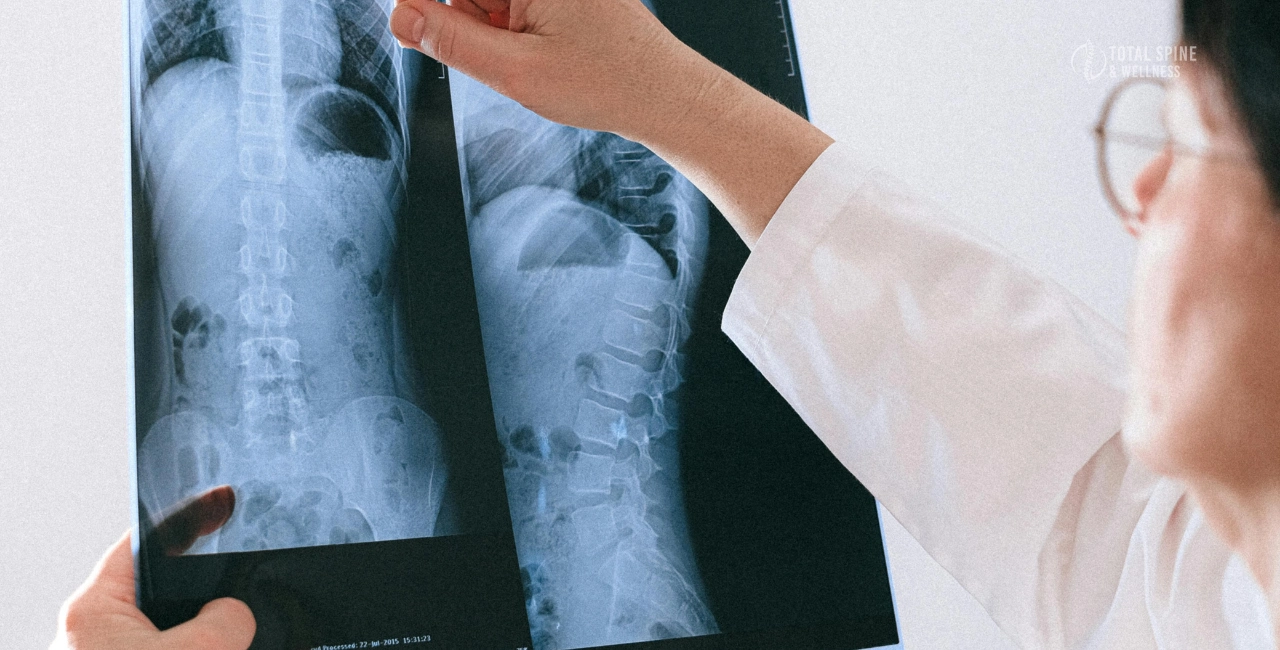
Stem Cell Therapy represents the next frontier of personalized medicine. Its ability to treat inflammation, repair tissue, and restore function makes it an appealing option for many chronic conditions.
To explore whether Stem Cell Therapy is right for you, consult a provider that prioritizes:
- Customized protocols
- Clinical-grade equipment
- Comprehensive follow-up care
Visit our treatments page for an overview of all regenerative solutions available at Total Spine Wellness.
Whether you’re dealing with joint pain, disc issues, or systemic inflammation, our expert team is ready to guide you every step of the way.
Ready to Take the First Step?
You don’t have to live with back pain — and you don’t have to face surgery to fix it. At Total Spine Wellness, we offer safe, effective, and research-backed disc regeneration therapies tailored to your needs.
Call us or click below to schedule your personal consultation and find out if regenerative disc therapy is right for you.
